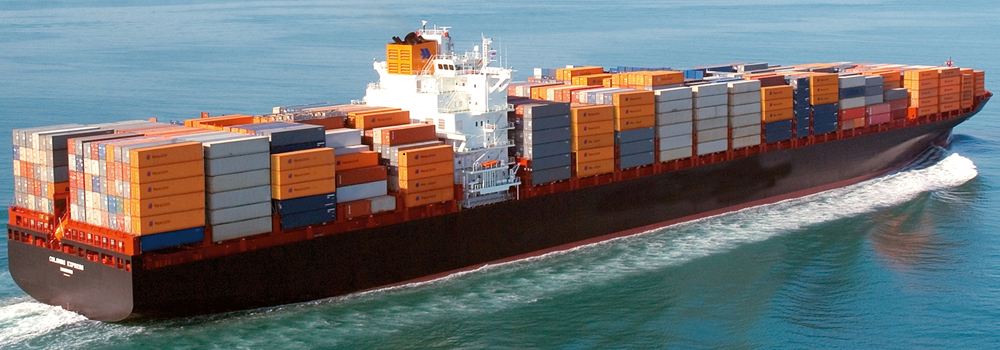Though many service providers use ‘hazardous materials’ and ‘dangerous goods’ interchangeably, only the experts and trained professionals know that the definition may vary depending on what is shipped, from where and where they’re going. So, if you are looking for sources to understand these subtle differences and be an expert packaging service provider for dangerous goods, hazardous materials, or both, read ahead.

Dangerous Goods
The definition of dangerous good slightly differs on the basis of mode of transportation i.e. by air and naval route. So, according to the UN model regulations and ICAO Technical Instructions for the Safe Transportation of Dangerous Goods by Air, dangerous goods are ‘articles or substances which are capable of posing a risk to health, safety, property or the environment.’
On the other hand, the regulatory definition by IMDG Code (International Maritime Dangerous Goods Code), which is followed by the International Maritime Organization’s (IMO) says that dangerous goods mean the ‘substances, materials and articles covered by the IMDG Code. Drafted in 1961, this code defines 9 clauses according to which the certificates and labels for dangerous goods issued. Further, rules defined under SOLAS i.e. Safety of Life at Sea and MARPOL i.e. Convention for Marine Pollution are very important conventions which are to be followed while packaging and transporting dangerous goods via sea. Remember, these are uniform codes that are followed all over the world.
Hazardous Materials
In 1975, the Hazardous Material Transportation Act (HMTA) was published in the US. It was created to ensure maximum safety against the risks to life and property during the packaging and transportation of hazardous material.
Divided in four main parts, HMTA defines hazardous goods as-Hazardous material means a substance or material that the Secretary of Transportation has determined is capable of posing an unreasonable risk to health, safety, and property when transported in commerce, and has designated as hazardous under section 5103 of Federal hazardous materials transportation law (49 U.S.C. 5103). The term includes hazardous substances, hazardous wastes, marine pollutants, elevated temperature materials, materials designated as hazardous in the Hazardous Materials Table (see 49 CFR 172.101), and materials that meet the defining criteria for hazard classes and divisions in part 173 of this subchapter.”
Department of Transportation (DOT) and Environmental Protection Agency (EPA) too go by the definition and regulations given in the HMTA. But, in practice, there’s a bit difference. Further, these internationally accepted definitions of dangerous good and hazardous materials may seem dissimilar in terms of number of words only, but that is not true. The meaning of each word used in the regulations carries a lot of weight and legal implications, and that is where the difference lies.
To understand these small differences more clearly, it is important to undergo HAZMAT training and ensure that you maintain utmost safety while packaging and shipping both dangerous goods and hazardous materials.
Please leave comments below.